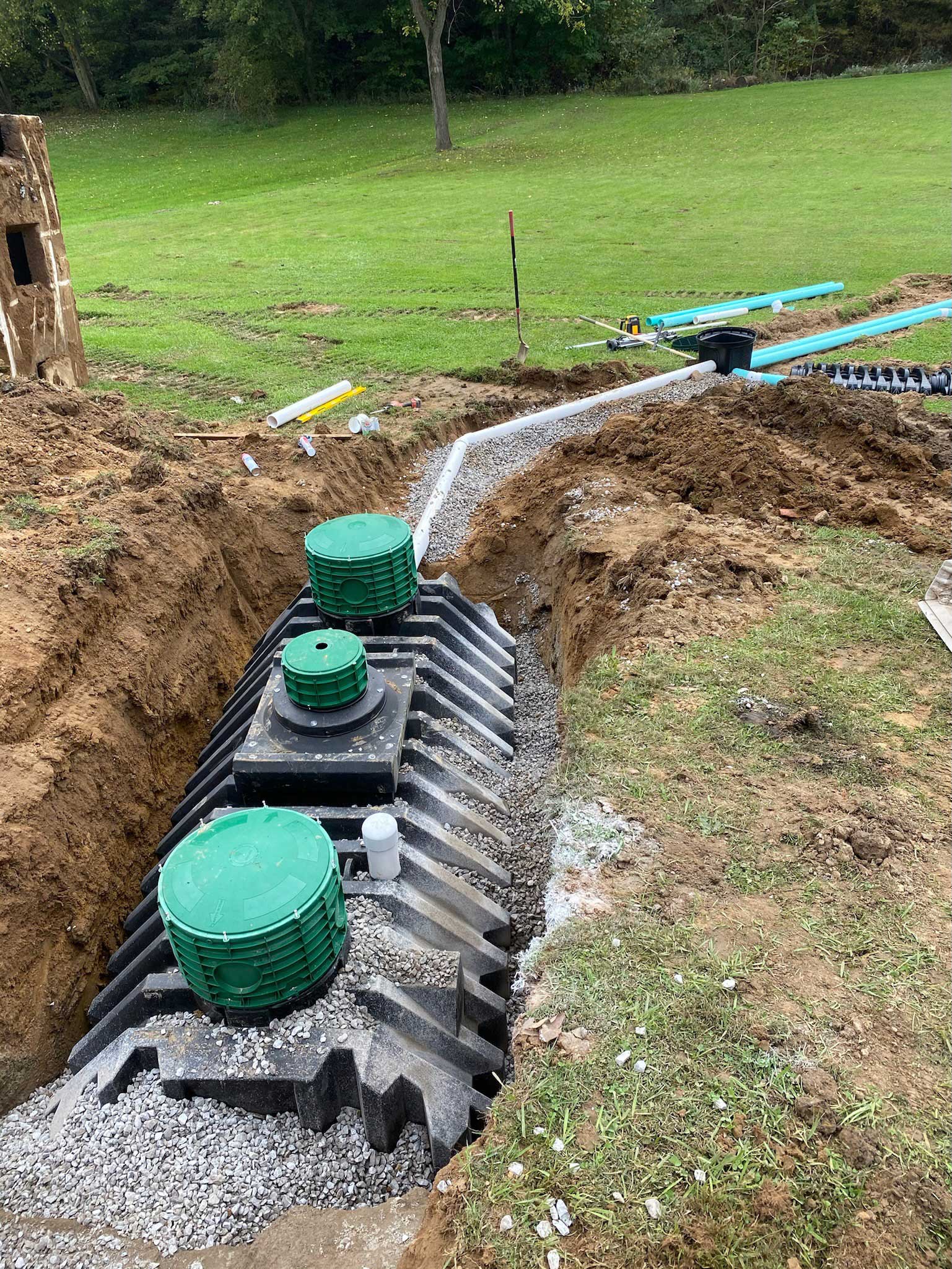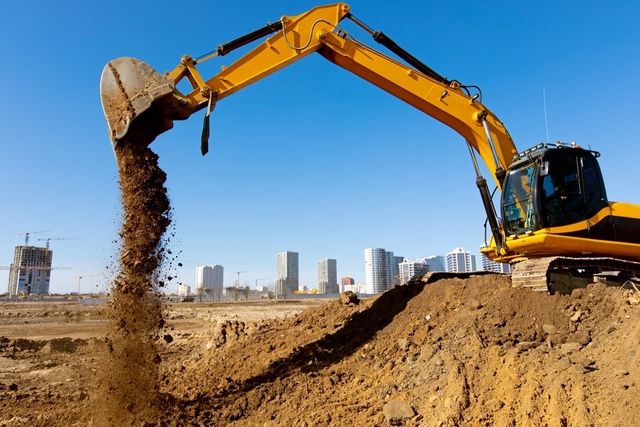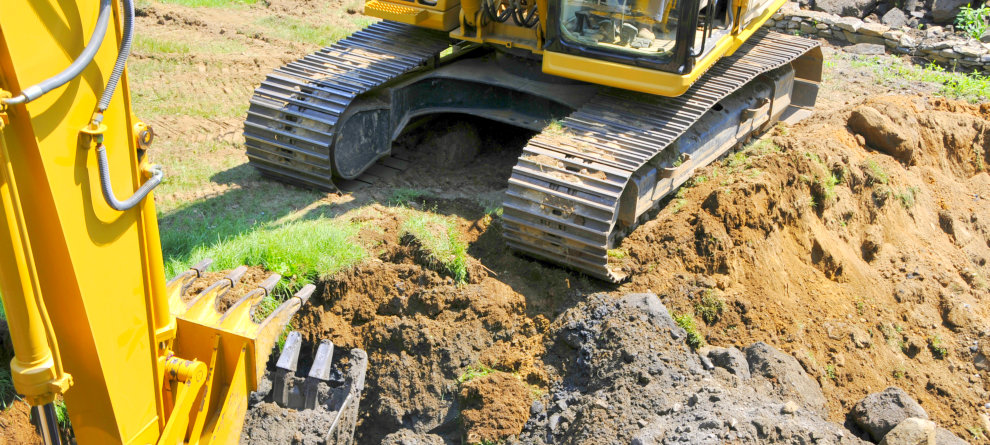Unveiling the Art of Excavation: Pro Tips for Safe and Productive Digging
In the world of excavation, the proficiency of secure and efficient digging is an art kind that calls for adherence, accuracy, and understanding to established practices. As dirt is turned and earth is relocated, the details of excavation expose themselves, demanding an eager understanding of devices, soil composition, safety and security procedures, and environmental considerations. The know-how needed to browse these aspects efficiently can mean the difference in between an effective excavation job and a potential calamity. By unwinding the layers of this elaborate procedure, a world of understandings and methods awaits those looking for to raise their excavation skills to brand-new elevations.
Significance of Proper Devices
To make certain the safety and efficiency of any excavation job, making use of the appropriate devices is extremely important. Excavation jobs vary in range and intricacy, varying from small residential landscaping tasks to massive building tasks.
Excavators are fundamental pieces of machinery in any digging procedure. These versatile machines been available in numerous sizes to suit different job demands. Miniature excavators are perfect for smaller tasks, while larger excavators deal with a lot more considerable tasks successfully. Backhoes are another essential devices kind, incorporating the features of a loader and an excavator in one maker. They are valuable for tasks requiring versatility and ability to move.
Excavators succeed in tasks that need pressing large amounts of dirt or debris. By spending in the appropriate devices, excavation tasks can be completed safely, on time, and with accuracy.
Understanding Soil Make-up
An extensive understanding of dirt composition is basic for performing excavation projects with precision and safety and security. Understanding the various kinds of dirt is important as it straight impacts excavation techniques, devices option, and overall job performance. Soil composition normally contains four primary parts: sand, silt, clay, and organic matter. Each element has unique properties that influence how soil reacts to excavation procedures.
Sand fragments are the biggest and give excellent water drainage yet use little communication. Silt bits are smaller than sand however larger than clay, providing modest water drainage and communication. Clay fragments are the smallest and offer high communication yet poor drain. Organic matter, such as decaying plant material, impacts dirt fertility and security.
Prior to starting excavation, performing dirt tests to identify its structure and attributes is essential. This details assists in picking the ideal devices, executing safety and security measures, and creating excavation approaches customized to the details dirt conditions - lancaster trenching. By understanding dirt composition, excavation specialists can improve project outcomes while making certain security and adherence to ideal methods
Precaution and Protocols
Comprehending soil structure is the cornerstone whereupon safety actions and procedures for excavation projects are constructed, making sure the wellness of employees and the success of the undertaking. When it pertains to safety throughout excavation, there are several crucial actions that should be carried out to minimize threats and protect against accidents.
Firstly, prior to any kind of excavating starts, a detailed evaluation of the site must be performed to identify any type of prospective dangers such as below ground energies, unpredictable dirt problems, or neighboring frameworks that can pose a danger. It is essential to have a qualified individual manage the excavation procedure to make certain that all safety and security methods are followed purely.
Moreover, all employees involved in the excavation should be effectively learnt risk-free excavating techniques and the proper operation of devices. Individual protective devices (PPE) such as tough hats, high visibility clothes, handwear covers, and safety and security boots should be put on at all times to lessen the threat of injuries. lancaster trenching. Normal safety meetings and tool kit talks should likewise be performed to maintain all employees notified concerning potential risks and enhance secure job practices. By adhering to these precaution and methods, excavation tasks can be finished efficiently and without occurrence.
Effective Excavation Preparation
When embarking on an excavation project, meticulous planning is important to ensure efficiency, safety and security, and effective outcomes. Reliable Continued excavation planning involves a number of crucial steps that are critical for the smooth implementation of the project.
As soon as the site analysis is total, the next step is to develop a clear timeline and timetable for the excavation tasks. This consists of figuring out the sequence of jobs, devices needs, and manpower appropriation. Appropriate scheduling aids avoid hold-ups and ensures that the job remains on track.

Moreover, communication amongst all employee is critical throughout the planning phase. Clear regulations, normal updates, and effective coordination are vital for an effective excavation project. By investing time and effort in precise planning, excavation teams can considerably boost performance, reduce dangers, and attain effective results.

Managing Environmental Factors To Consider
With enhancing emphasis on environmental sustainability in building practices, taking care of ecological factors to consider has come to be a crucial element of excavation tasks. Excavation activities have the possible to impact the surrounding setting with dirt erosion, sediment runoff, habitat disruption, and contamination of water resources. To mitigate these dangers, it is important to carry out best methods that prioritize environmental management.

In addition, proper waste management is essential to avoid soil and water contamination. Carrying out treatments for the disposal of hazardous materials, recycling of waste materials, and reducing using unsafe chemicals can considerably lower the ecological influence of excavation tasks. By incorporating these methods into excavation preparation and execution, building and construction firms can make sure Click This Link that their jobs are not only safe and effective yet likewise ecologically responsible.
Conclusion
Finally, grasping the art of excavation needs an extensive understanding of appropriate equipment, dirt structure, safety measures, and reliable preparation. By adhering to these standards and thinking about environmental factors, excavations can be conducted securely and successfully. It is essential to prioritize safety and productivity in every digging task to make certain effective end results.
As soil is turned and planet is relocated, the complexities of excavation reveal themselves, demanding an eager understanding of devices, dirt composition, safety and security methods, and ecological factors to consider.To make sure the safety and efficiency of any type of excavation project, making use of the proper equipment is vital.A comprehensive understanding of soil make-up is fundamental for executing excavation tasks with precision and safety. Comprehending the different types of dirt is crucial as it straight affects excavation methods, devices selection, and general task performance. By recognizing soil make-up, excavation professionals can boost project outcomes while ensuring safety and security and adherence to best techniques.